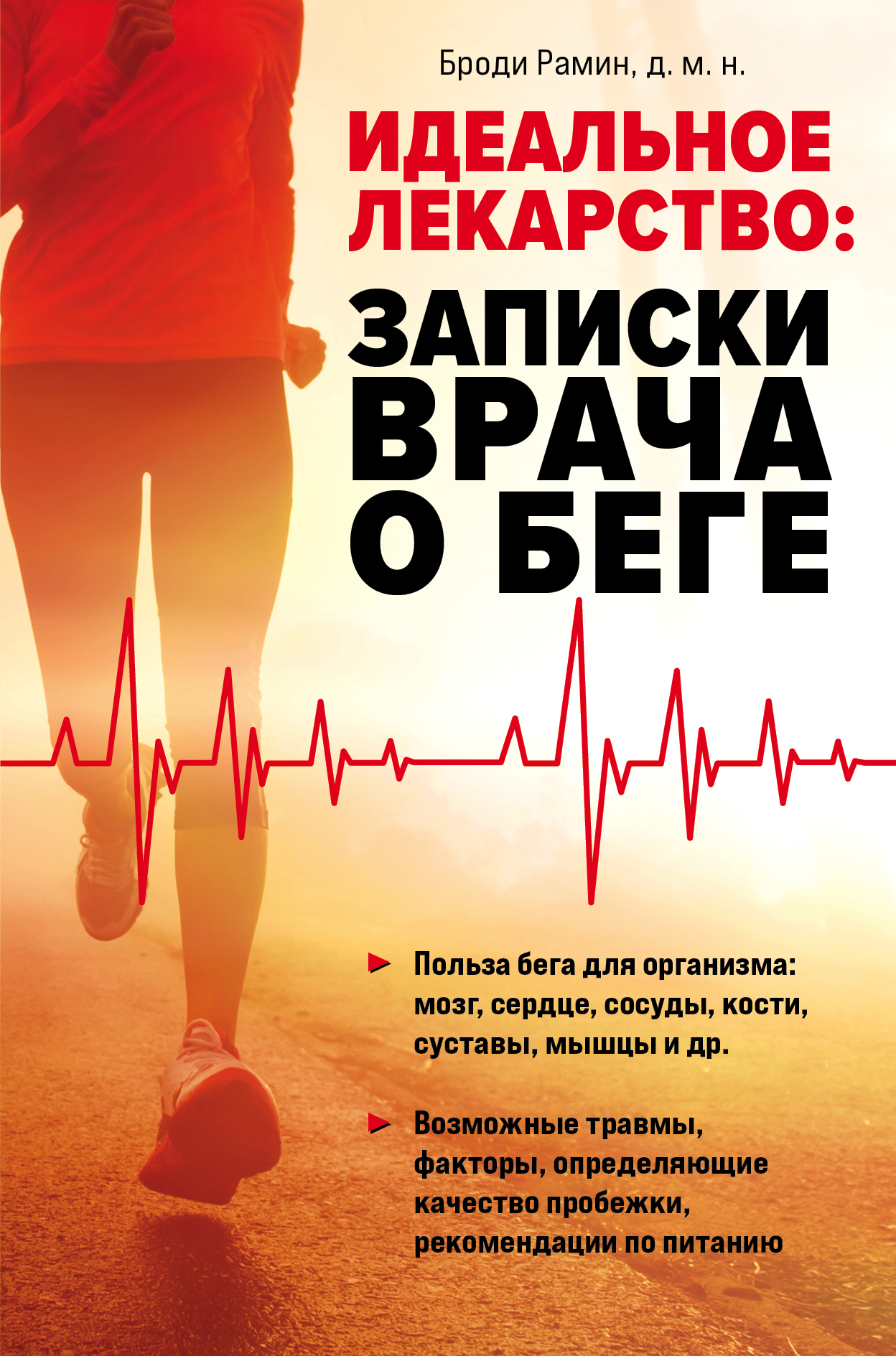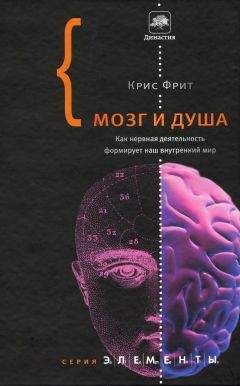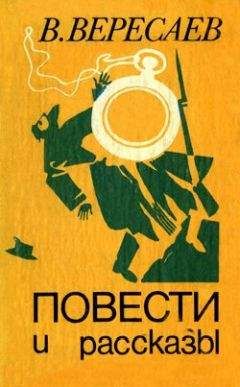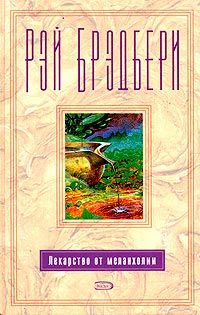[1] Kirchengast, 35.
[2] Green, R. M., A Translation of Galen’s Hygiene: De Sanitate Tuenda (Whitefish, MT: Literary Licensing, 2012).
[3] Rowe et al., 806.
[4] Peterson.
[5] Peterson.
[6] Fiuza-Luces, C., et al., Exercise Is the Real Polypill, Physiology 28, no. 5 (September 1, 2013): 330–58.
[7] Williams P. T., Reduction in Incident Stroke Risk with Vigorous Physical Activity. Evidence from 7.7-Year Follow-up of the National Runners’ Health Study, Stroke 40, no. 5 (May 2009): 1921–23.
[8] Gotaas, 241.
[9] Gotaas, 242.
[10] Rowe et al., 798.
[11] Schnohr, P., et al., Dose of Jogging and Long-Term Mortality: The Copenhagen City Heart Study, Journal of the American College of Cardiology 65, no. 5 (February 10, 2015): 411–19.
[12] Peterson.
[13] Hutchinson, Alex, Which Comes First, Cardio or Weights? (Toronto: McClelland & Stewart, 2011): 10.
[14] Fiuza-Luces, 333.
[15] Lee, D. C., Lavie, C. J., and Vedanthan, R. Optimal Dose of Running for Longevity: Is More Better or Worse, Journal of the American College of Cardiology 65, no. 5 (2015): 420–22.
[16] Lee, D. C., et al., Leisure-Time Running Reduces All-Cause and Cardiovascular Mortality Risk, Journal of the American College of Cardiology 64 (2014): 472–81; 83.
[17] DeFina, Laura F., Athletes Performing Extraordinary Physical Activity (>10,000 MET Min/Week) at No Greater Risk of All-Cause or Cardiovascular-Disease Mortality, American Heart Association, conference abstract, 2019, abstractsonline.com/pp8/#!/7891/presentation/30918.
[18] Schnohr et al., 414.
[19] Lee et al. (2014), 475.
[20] Lavie, C. J., et al., Effects of Running on Chronic Diseases and Cardiovascular and All-Cause Mortality, Mayo Clinic Proceedings (November 2015): 1541–52.
[21] Kyu, H. H., et al., Physical Activity and Risk of Breast Cancer, Colon Cancer, Diabetes, Ischemic Heart Disease, and Ischemic Stroke Events: Systematic Review and Dose-Response Meta-Analysis for the Global Burden of Disease Study, British Medical Journal, 354 (2016): i3857.
[22] Siddique, Haroon, WHO’s Recommended Level of Exercise Too Low to Beat Disease – Study, The Guardian, August 9, 2016, theguardian.com/ science/2016/aug/09/whos-recommended-level-exercise-too-low-beatdisease-study.
[23] Blond, K., et al., Association of High Amounts of Physical Activity with Mortality Risk: A Systematic Review and Meta-Analysis, British Journal of Sports Medicine (August 12, 2019): 1195–1201.
[24] Kerns, J. C., et al., Increased Physical Activity Associated with Less Weight Regain Six Years After ‘The Biggest Loser’ Competition, Obesity 25, no. 11 (November 2017): 1838–43.
[25] Peterson.
[26] Lavie et al., 1543.
[27] Lieberman et al., Knee Osteoarthritis Has Doubled in Prevalence Since the Mid-20th Century, PNAS (August 2017): doi.org/10.1073/pnas.1703856114.
[28] Peterson.
[29] Peterson.
[30] Christensen, K., et al., Ageing Populations: The Challenges Ahead, Lancet 374, no. 9696 (October 3–9, 2009): 1196–1208.
[31] Deeks, S. G., HIV Infection, Inflammation, Immunosenescence and Aging, Annual Review of Medicine 62 (February 2011): 141–55.
[32] Blackburn, E. H., Telomere States and Cell Fates, Nature 408 (2000): 53–56.
[33] Blasco, M. A., Telomeres and Human Disease: Ageing, Cancer and Beyond, Nature Reviews Genetics 6 (2005): 611–22.
[34] Reynolds, 245.
[35] Hutchinson, 180.
[36] Reynolds, 241.
[37] Loprinzi, P. D., and Sng, E., Mode-Specific Physical Activity and Leukocyte Telomere Length Among U.S. Adults: Implications of Running on Cellular Aging, Preventive Medicine 85 (2016): 17–19.
[38] Loprinzi and Sng.
[39] Reynolds, 239.
[40] Reynolds, 243.
[41] Barrett, Lisa Feldman, How to Become a ‘Superager,’ New York Times, Dec. 31, 2016.
[42] Steves, Claire J., Mehta, Mitul M., Jackson, Stephen H. D., Spector, Tim D., Kicking Back Cognitive Ageing: Leg Power Predicts Cognitive Ageing After Ten Years in Older Female Twins, Gerontology 62, no. 2 (2016): 138–49, epub November 10, 2015.
[43] Dishman, Rod K., et al., Neurobiology of Exercise, Obesity 14, no. 3 (March 2006): 345–56.
[44] Mattson, 350.
ИСТОЧНИКИ, ИСПОЛЬЗОВАННЫЕ В 4-й ГЛАВЕ
[1] In Gotaas, 163.
[2] Bascomb, Neal, The Perfect Mile: Three Athletes, One Goal, and Less Than Four Minutes to Achieve It (Boston: Houghton Mifflin, 2004), 14.
[3] O’Keefe, J. H., et al., Organic Fitness: Physical Activity Consistent with Our Hunter-Gatherer Heritage, Physician and Sports Medicine 38, no. 4 (December 2010): 11–18.
[4] O’Keefe, H., et al. (2010).
[5] Berman, M. G., Jonides, J., and Kaplan, S. The Cognitive Benefits of Interacting with Nature, Psychological Science 19, no. 12 (2008): 1.
[6] Baron, K. G., et al., Exercise to Improve Sleep in Insomnia: Exploration of the Bidirectional Effects, Journal of Clinical Sleep Medicine 9, no. 8 (August 15, 2013): 819–24.
[7] In Hutchinson, 244.
[8] Heijnen, S., Hommel, B., Kibele, A., and Colzato, L. S. Neuromodulation of Aerobic Exercise – A Review, Frontiers in Psychology 6 (2015): 1890.
[9] Raichlen, D. A., et al., Exercise-Induced Endocannabinoid Signaling Is Modulated by Intensity, European Journal of Applied Physiology 113, no. 4 (April 2013): 869–75.
[10] Hoare, E., et al., The Associations between Sedentary Behaviour and Mental Health among Adolescents: A Systematic Review, International Journal of Behavioral Nutrition and Physical Activity 13, no. 1 (October 8, 2016): 108.
[11] Schulch, F. B., et al., Are Lower Levels of Cardiorespiratory Fitness Associated with Incident Depression? A Systematic Review of Prospective Cohort Studies, Preventive Medicine 93 (2016): 159–65.
[12] Schulch et al.
[13] Peterson.
[14] Douglas, Scott. Running Is My Therapy: Relieve Stress and Anxiety, Fight Depression, Ditch Bad Habits, and Live Happier (New York: The Experiment, 2018).
[15] Reynolds, 198.
[16] Schoenfeld, T. J., et al., Physical Exercise Prevents Stress-Induced Activation of Granule Neurons and Enhances Local Inhibitory Mechanisms





